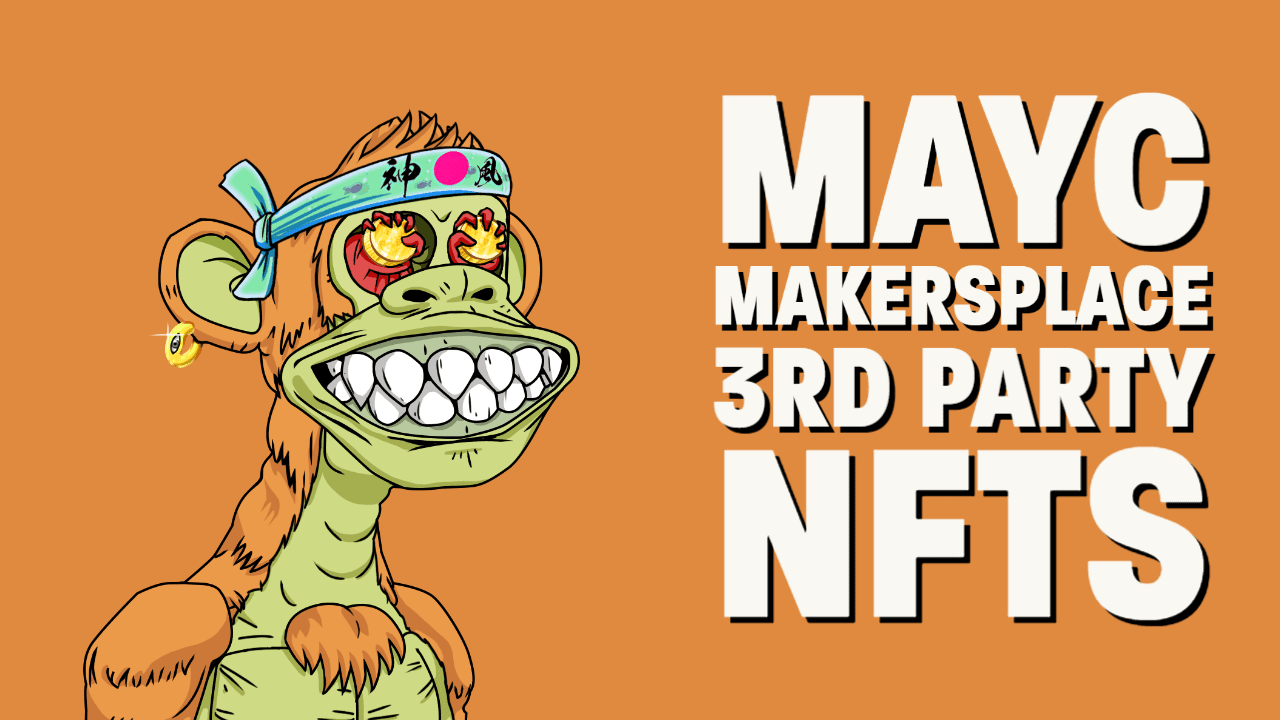Quick take:
- Named Celestium, the project is developed by artist Cecilie Waagner Falkenstrøm.
- The space NFTs can be collected by all humans on Earth from today.
- Anyone can participate in the creation of a global collaborative artwork that will also be sent into space.
The International Space Station (ISS) is minting NFTs from its onboard computer, utilising cosmic radiation, artificial intelligence technology and blockchain technology to “question the capitalistic dynamics of space exploration.”
Named Celestium, the project is the brainchild of artist Cecilie Waagner Falkenstrøm while the machine learning and blockchain technology for the Celestium artwork is developed by the team behind her studio, ARTificial Mind.
Celestium has been operating from NASA’s part of the ISS since Dec 17. Despite NASA laying out guidelines forbidding the use of its imagery as NFTs, it has given this project the green light. Celestium’s artwork draws upon data and deep space photographs from NASA and the works of Astronaut Nicole Stott.
The project’s AI algorithm uses cosmic radiation harvested aboard the ISS to generate a series of fungible digital tokens and AI-generated space images.
The accompanying images and tokens can then be minted as NFTs, which won’t be sold for cryptocurrency or cash. As an artistic probe into the democratisation and decentralisation of outer space, Celestium is inviting its audience to participate in the creation of a global collaborative artwork that will be sent into space in March.
Upon entering Celestium’s interactive web platform, participants are invited to place a pixel on the canvas to mine a Celestium Token. The token can then be exchanged for space NFTs tied to images of real asteroids that orbit our solar system.
“The artwork challenges the capitalist power dynamics we see in the modern space era; as with few restrictions, the untapped haven of celestial resources beyond the limits of this planet is rapidly becoming a proverbial wild west of the cosmos, for the rich and powerful to exploit for their personal economic gain,” the artist statement reads.
The space NFTs can be collected by all participants from today until Feb 15. Additionally, participants will also be allocated a piece of space debris equivalent to the amount that would be produced in the asteroids harvesting in order to raise awareness of the shared responsibility in sustainable disposal of generated space waste.
Besides being an artistic thought experiment, Celestium is also part of a data storage and edge processing demonstration enabled by Lonestar, Canonical, and Redwire Corporation in collaboration with NASA and CASIS.
Non-profit art and tech organisation, Mindfuture Foundation, has helped launch the art project. All the assets participants acquire, including Celestium tokens, asteroids, and space debris will be stored in their personal wallets.
Stay up to date:
Credit: Source link








